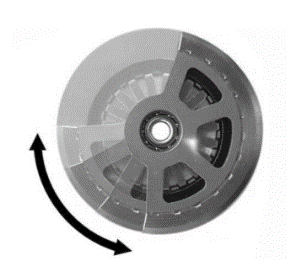In order to meet growing food production and energy needs in low-and middle-income countries, solar-powered groundwater irrigation is rapidly gaining ground. More than 500, 000 solar pumps (泵) have been set up in south Asia over the last few years and a major expansion is planned across sub-Saharan Africa. 648
Dustin Garrick, professor in the School of Environment, Resources and Sustainability, along with an international team, examined the trend toward solar pumps as a clear opportunity for boosting agricultural yields and reducing poverty, but the opportunity comes with risks.
While replacing electric or gas pumps with solar-powered irrigation holds the promise of reducing carbon emissions, it is not guaranteed. Farmers who have access to these pumps may expand production of crops or diversify into other activities, which are not emissions neutral. Solar pumps will increase groundwater pumping efficiency, which may be desirable in regions that support such increases, but this could worsen groundwater lessening in regions that are already stressed. The cheap clean energy of solar pumps may lead to increased groundwater development, without necessarily decreasing overall emissions.
Despite these challenges, the clean-energy boost can serve as a stimulus for positive change in water and energy management but will require enhanced regulation and planning in both low-and high-income settings. Garrick and his team advocate for improved data collection initiatives, with a shift from separated to integrated approaches. They suggest using technology to measure water pumping and collecting remotely sensed data to monitor land use changes. As well, regulatory improvements are crucial, with mounting limits for carbon emissions and groundwater lessening established at various levels.
With groundwater management already a difficult challenge, we must act fast to understand the implications of the clean energy boost and poverty reduction acts to avoid these gains being won away by wells running dry. The rapid adoption of solar irrigation intensifies the urgency, demanding adaptation from governments and institutions to sail through these complexities.
